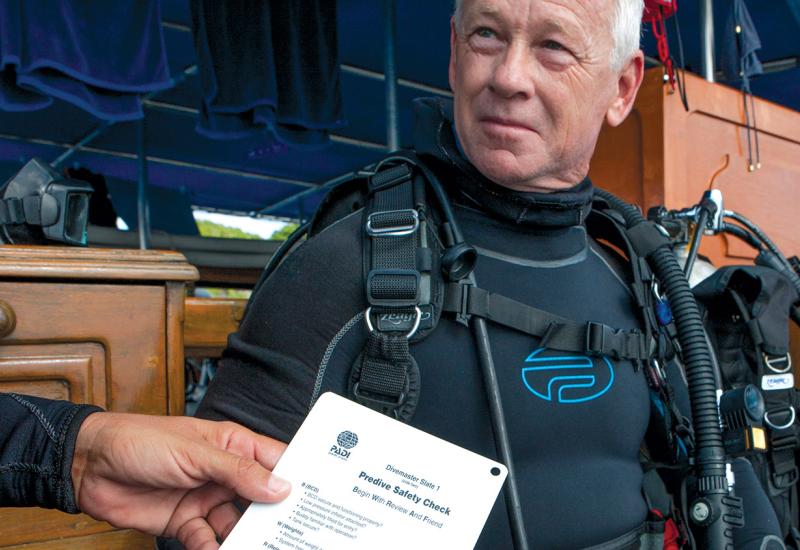Ear Issues: Barotrauma and Reverse Squeeze FAQ
Divers who experience difficulty equalizing risk serious injuries to their ears.

iStockDon't risk damaging your ears.
Middle-Ear Barotrauma or Reverse Squeeze
What It Is: It is the most common ear injury. Pressure must be released from your middle ear as you ascend, or the expanding air will bulge and possibly break your eardrums.
What You Feel: Pressure, then pain, which can be intense.
What to Do: Stop your ascent. Try the equalizing techniques you use when you descend. Ascend slowly; the last 30 feet can be the most difficult and painful.
Inner-Ear Barotrauma
What It Is: When you fail to equalize your middle ears, you can injure delicate inner-ear structures like the cochlea and the vestibular canals — and the damage can be permanent.
What You Feel: Deafness, tinnitus (a ringing or hissing in your ears) and possible vertigo, accompanied by nausea.
What to Do: Abort the dive and see an ear, nose and throat specialist as soon as possible.
Outer-Ear Barotrauma
What It Is: If your ear canal is blocked by a tight hood, a glob of wax or a nonvented earplug, it becomes another dead-air space that you can’t equalize when you descend. Your eardrum bulges outward, and increasing pressure in the surrounding tissues fills the canal with blood and fluid.
What You Feel: Similar to middle-ear barotrauma, including pain.
What to Do: Keep your outer ear clear.
*Adapted from DAN’s The Diver’s Complete Guide to the Ear. It’s available to download at dan.org.
How To Make a Go/No-Go Diving Decision | How To Know When You Can Dive With a Cold










